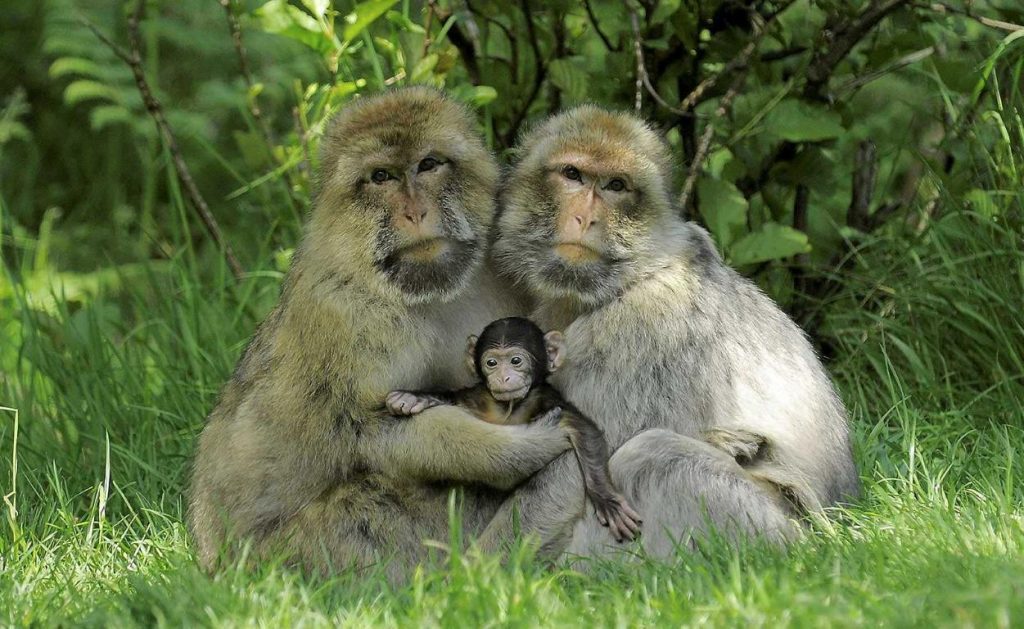
I’ve been waxing eloquent for some time about “family” being the be-all and end-all of creation. When I reflected on the process of the evolution of the universe over the estimated 13.8 billion years from the birth of galaxies to the evolution of life and up to our own day I recognized that God incorporated a process that makes the earth sustainable. From early unicellular asexual organisms evolution progressed to sexual reproduction in all the ecosystems. Plants, animals and people have male and female elements that combine and create new life, call it co-creation, with God. For some creatures mating is a single act but for many of these newly created beings family bonds become a source of support, nurturing and sustaining one another, for mutual benefit, and for shorter or longer periods of life. In other words love is and should be a key factor in family existence. Is or was this part of God’s plan, especially for us human beings, but to some degree in animal family life too?
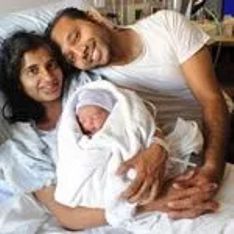
A history of human evolution describes the importance of both family and community living and their social and economic benefits. Are we beginning to modify this plan in our modern era as the concept of family appears to be in a process of change? Our MARFAM January family theme is FAMILY BEGINNINGS, so we can ask, “When does a family begin?” A generation ago I would have been inclined to say, when a couple marry and commit their lives to one another, “till death does us part.”. Offspring would arrive in good time and together a father, mother and child/children begin and form a family. However, can one still say that? Was it too simplistic, as extramarital births were not unknown?
Today couples may choose to remain childless, more children are born to unmarried mothers, sometimes by choice. Young girls, in no way ready to become nurturing parents, are impregnated by older men and young boys. Cohabiting couples have one or more children. Same-sex couples or LGBTIQ persons adopt or use surrogacy procedures. So what is a family and when does it begin? Does it begin with pregnancy even if there is no live birth?
Research has often reported that that less than one third of children grow up in their biological family. In Gauteng province 23000 school girls became pregnant in 2020. https://bhekisisa.org/ reports on pregnancy rates of girls and young women across the country, a very valuable insight into this matter.


The 2013 White Paper on Families listed a large variety of family types: Married, married with or without children, re-married with blended families, single parent – mostly mother-headed, cohabiting couple with or without children, child-headed family which may include own infants and siblings. Grandparents too belong to or head multigenerational families It cannot be said that love does not exist in all these family units. Human beings are not just physical, or even psychological individuals. To become fully-functioning, mature, happy and loving members of the wider family more is needed, a sense of belonging, giving as well as taking and receiving. It is still widely accepted that marriage is a pretty good basis, an ideal for the Catholic Church as a permanent, life-long, faithful committed relationship. Spouses, in sharing their life and their love, give life to a new generation who are the two of them in one flesh, i.e. a spirituality modelled on that of the God in whom we believe, God, creative, life-giving community of love.
Pope Francis. Some couples are unable to have children. We know that this can be a cause of real suffering for them. At the same time we know that marriage was not instituted solely for the procreation of children. Where there are no children marriage still retains its character of being a whole communion of life and preserves its value and indissolubility. The choice of adoption and foster care expresses a particular kind of fruitfulness in marriage and not only in cases of infertility. AL 178-80.
So when and how does a family begin? TR FAMILY WEEKLY 12 January 2022


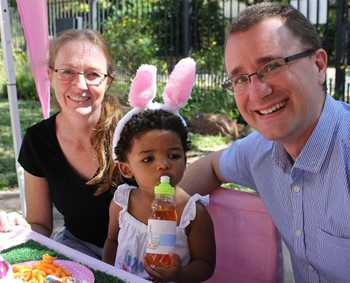
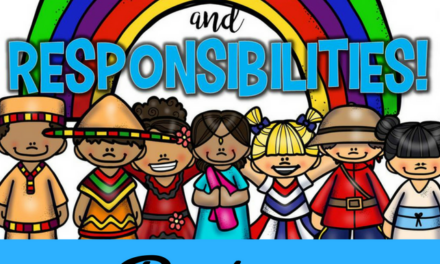
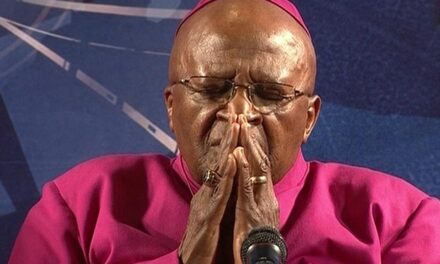


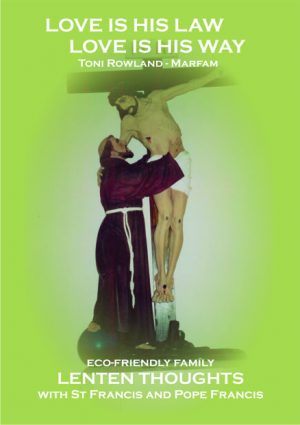
Recent Comments